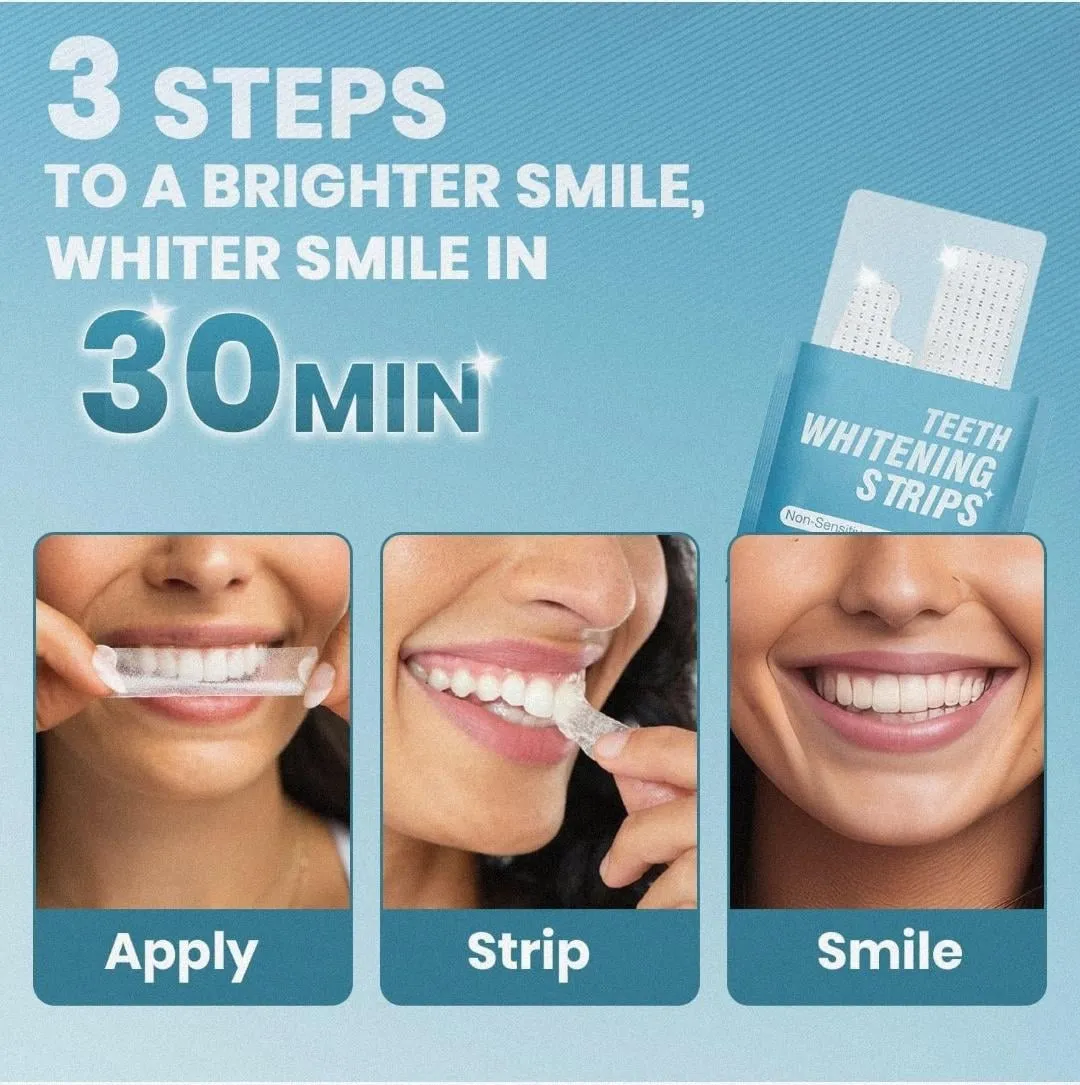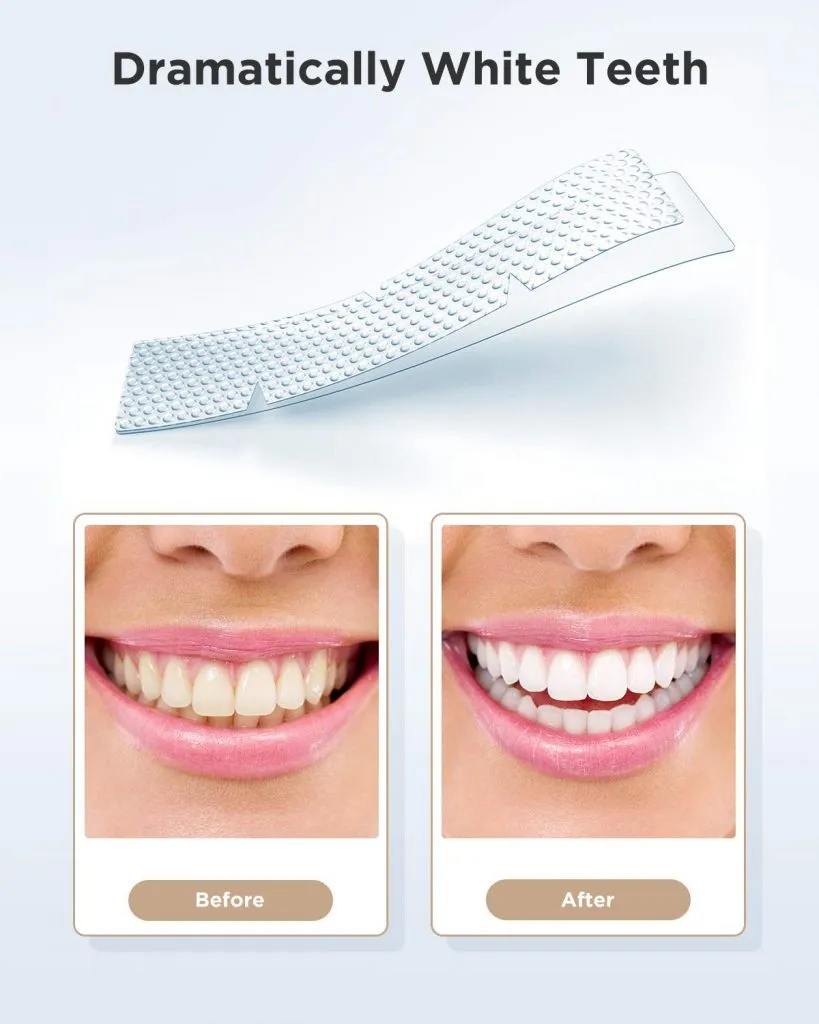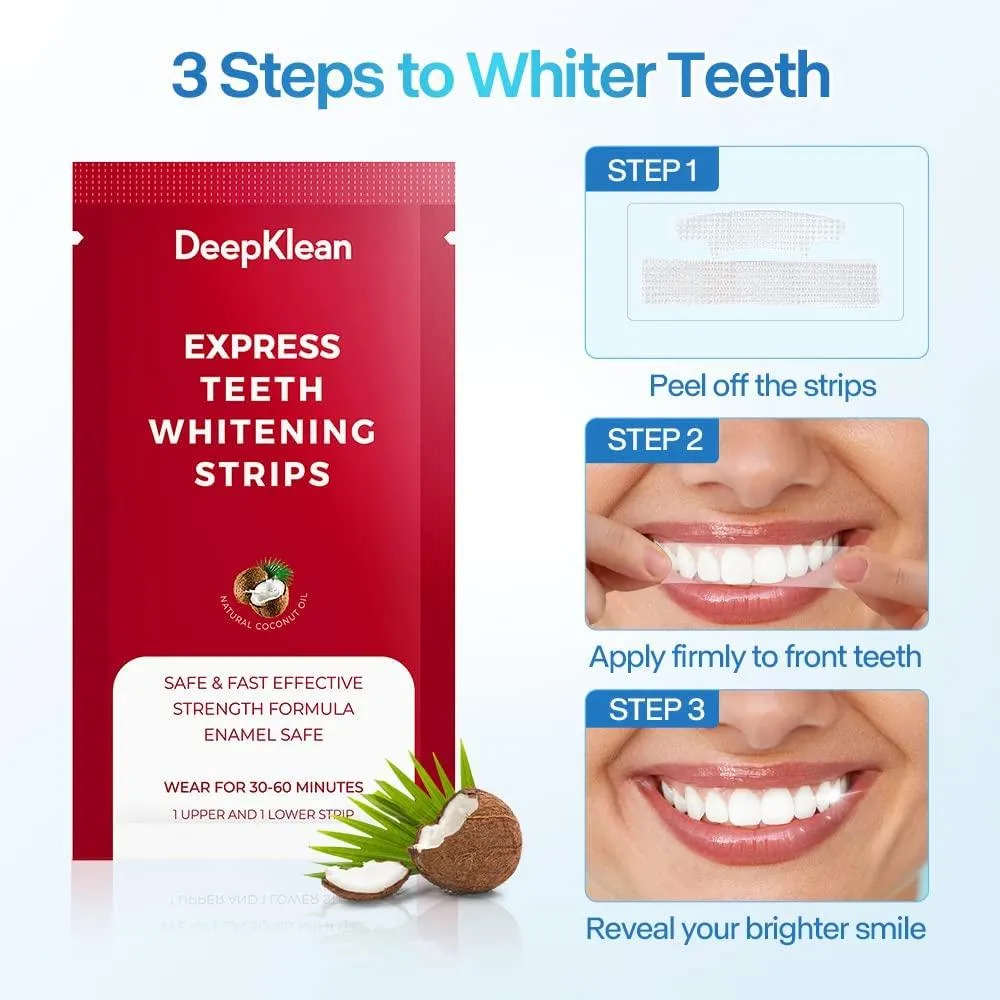The Problem Whitening Strips & Sensitivity
Teeth whitening strips have become a popular method for achieving a brighter smile, offering a convenient and affordable alternative to professional treatments. However, a common and often unwelcome side effect is tooth sensitivity. This sensitivity can range from mild discomfort to sharp, shooting pains, making the experience unpleasant for many users. Understanding why whitening strips cause sensitivity and, more importantly, how to mitigate this issue is crucial for anyone considering this cosmetic procedure. The active ingredients in most whitening strips, typically hydrogen peroxide or carbamide peroxide, work by breaking down stains on the enamel surface. This process can sometimes irritate the nerves within the teeth, leading to temporary sensitivity. Many factors contribute to the likelihood and severity of sensitivity, including the concentration of the whitening agent, the duration of application, and the individual’s existing oral health. Therefore, it’s important to know the common mistakes to avoid.
Mistake 1 Using Strips Too Often
One of the most frequent mistakes users make is overusing whitening strips. Following the recommended usage instructions is important. Many people, eager for quicker results, apply strips more frequently or for longer periods than advised. This can dramatically increase the risk of sensitivity. Whitening agents, such as hydrogen peroxide, are designed to work gradually. Overuse overwhelms the enamel, increasing the chances of nerve irritation. Overuse can lead to permanent damage to the enamel. Always adhere to the product’s instructions regarding frequency and duration. Consistency within the recommended guidelines yields better outcomes than rushing the process.
The Importance of Following Directions

Carefully read and understand the product’s instructions before use. These guidelines are formulated to ensure the product’s effectiveness while minimizing risks. Ignoring these directions can lead to adverse effects, including increased sensitivity. The instructions will specify the optimal duration for applying the strips, usually ranging from a few minutes to half an hour. They also dictate the recommended frequency of use, which could be daily, every other day, or weekly. Deviation from these guidelines can result in overuse and increased sensitivity, or, in some cases, ineffective whitening. It is always best to follow the product instructions. If you are unsure, consult with a dental professional.
Mistake 2 Ignoring Underlying Dental Issues
Whitening strips are designed to whiten healthy teeth. Using them on teeth with underlying dental issues can exacerbate existing problems and cause significant sensitivity. If you have any dental problems, such as cavities, gum disease, or receding gums, using whitening strips could intensify the sensitivity. It is always best to make sure your teeth are healthy. These conditions compromise the protective layers of your teeth, making them more vulnerable to the whitening agents. Addressing these issues is crucial before undergoing any whitening treatment.
Identifying Existing Problems
Before starting any teeth whitening treatment, it’s essential to assess your oral health. Look for signs of cavities, such as dark spots or holes in your teeth. Check for gum inflammation or bleeding, which could indicate gum disease. Check to see if your gums are receding. Receding gums expose the tooth roots, which are naturally more sensitive. Any of these symptoms should prompt a visit to your dentist for diagnosis and treatment. Ignoring these signs could worsen existing conditions and lead to more severe problems.
Seeking Professional Advice

Consulting a dentist before using whitening strips is always a good idea. A dentist can examine your teeth and gums, identify any underlying issues, and advise whether whitening strips are suitable for you. They can also recommend professional whitening treatments or alternative methods if necessary. A dental professional can provide personalized advice to minimize sensitivity and achieve the best possible results. This proactive approach can save you from potential discomfort and ensure a safer, more effective whitening experience.
Mistake 3 Choosing the Wrong Strip Type
Not all whitening strips are created equal. The concentration of the whitening agent, usually hydrogen peroxide, varies between products. Strips with higher concentrations may produce faster results but are also more likely to cause sensitivity. Choosing the appropriate type of whitening strip based on your sensitivity level and desired results is important. New users or those with sensitive teeth should start with strips containing lower concentrations of the active ingredient. Furthermore, strips are designed to fit different teeth shapes. Improper fit can lead to uneven whitening and increase the likelihood of the whitening agent contacting the gums. This can cause irritation and further sensitivity.
Understanding Different Whitening Strip Options
Whitening strips come in a range of formulations. Some contain a higher concentration of hydrogen peroxide, which can deliver faster whitening results but also increase sensitivity. Others use lower concentrations, offering a gentler approach that is better suited for sensitive teeth. There are also strips with different application methods, such as those that adhere directly to the teeth and those that require a tray. The best approach is to start with a lower-concentration strip and gradually increase the strength if needed. This allows you to assess your teeth’s sensitivity and minimize discomfort. Also, always choose reputable brands that have undergone testing to ensure safety and effectiveness.
Mistake 4 Not Protecting Your Gums

Whitening strips are designed to whiten teeth, not gums. If the whitening agent comes into contact with your gums, it can cause irritation and sensitivity. The protective barrier of your gums is less resilient than your enamel. Some people may experience a burning sensation or even temporary whitening of the gums. Therefore, it is important to ensure that the strips are properly applied and that they do not overlap onto the gum tissue. Excess product can also cause irritation.
Avoiding Gum Irritation
Careful application of whitening strips is essential to protect your gums. Always ensure the strips are properly aligned along your teeth, avoiding any contact with your gums. You can use a cotton swab to gently remove any excess gel that may come into contact with your gums. Some people may benefit from using a protective barrier, such as petroleum jelly, along the gum line before applying the strips. Also, be sure to rinse your mouth thoroughly after removing the strips to remove any residual whitening agent. If you experience any gum irritation, consult a dentist for advice.
Mistake 5 Using Expired or Damaged Strips
Whitening strips have a limited shelf life. Using expired strips can be ineffective and may even cause increased sensitivity. The active ingredients degrade over time, reducing their whitening effectiveness and potentially altering their chemical composition. Furthermore, the packaging of whitening strips protects the active ingredients from air and moisture. If the packaging is damaged or the strips are not stored correctly, they may be compromised. The effectiveness and safety of the product are not guaranteed, and they may cause irritation and sensitivity. Always check the expiration date before use. Do not use the product if the packaging is damaged, or the strips appear dry or discolored.
Checking Expiration Dates

Before using whitening strips, always check the expiration date printed on the packaging. This date indicates when the product is still effective and safe to use. Using expired strips can be ineffective and may potentially cause increased sensitivity. If the expiration date has passed, it’s best to discard the strips and purchase a new box. Also, always store your whitening strips according to the manufacturer’s instructions, usually in a cool, dry place. Proper storage helps maintain the product’s effectiveness and prevents degradation of the active ingredients.
Additional Tips for Sensitive Teeth
Besides avoiding the mistakes above, several other strategies can help reduce tooth sensitivity while using whitening strips. Using a toothpaste designed for sensitive teeth before, during, and after whitening treatments can help desensitize your teeth. These toothpastes typically contain ingredients like potassium nitrate or stannous fluoride, which can block the pathways that transmit pain signals to the nerves. Rinsing your mouth with a fluoride rinse can also strengthen your enamel and reduce sensitivity. Moreover, consider taking breaks between whitening treatments to allow your teeth to recover. Drinking plenty of water can help keep your mouth hydrated and reduce sensitivity. If sensitivity persists or worsens, consult your dentist. They can provide professional advice and suggest alternative whitening options.
